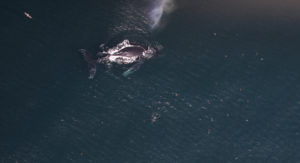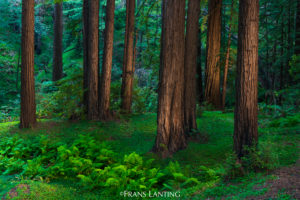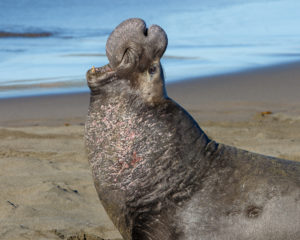If you’re looking for northern elephant seals, there is no place better to visit than Ano Nuevo State Reserve, home to the world’s largest mainland breeding colony. The seals return to this seemingly barren, rocky, windswept point each December to birth their young and mate. The largest of the pinnipeds (seals, sea lions, walruses), elephant seals are a real spectacle: Males reach 2.5 tons and grow to be 16 feet long (though the females are smaller by about 6 feet and several thousand pounds).
The prelude to breeding begins late in December, when males battle for dominance. These battles, though dramatic, rarely result in serious injuries. Soon after the males arrive, the females come ashore. Within days they give birth (typically each to a single pup, conceived the year before, who will nurse for 25 to 28 days). About 24 days after birthing, the seals mate. Shortly thereafter, they return to the sea, weaning their pubs abruptly–by abandoning them. Adult seals are largely gone by the end of February. Their pups, called “weaners,” remain through the following month.
Docent-led tours are held daily at the reserve, December through March, allowing visitors a view of the seals in action. The fame of the Ano Nuevo colony is considerable; thousands of people make the pilgrimage to catch a glimpse of the seals. So tour reservations are a must. Sign up at the California State Parks website. There’s no public access to Ano Nuevo Island, just off shore.
Though Ano Nuevo is the larger and more renowned local rookery, Point Reyes also boasts an elephant seal population. Basking or in action on the beach, they can be glimpsed from the aptly named Elephant Seal Overlook, though the view is rather distant without good binoculars or a spotting scope. In January and February, rangers lead viewing expeditions for sixth through eighth graders.
In late spring and summer, elephant seals return briefly to land in order to molt before heading back out to sea.

.jpg)



